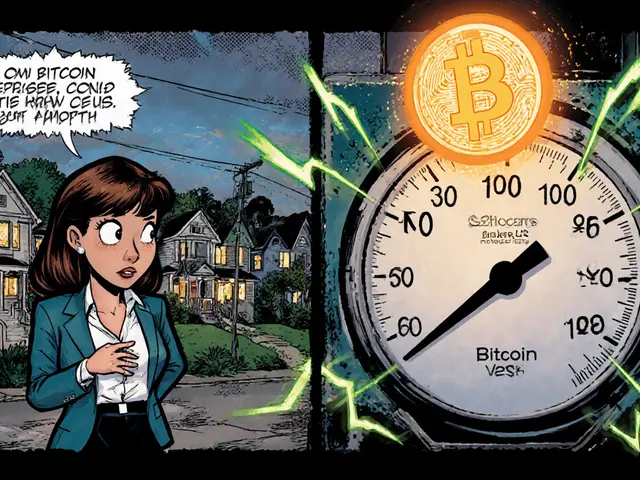HERA Token – Your Quick Guide
When working with HERA token, a blockchain‑based utility token that powers the HERA ecosystem, enabling staking, governance, and fee discounts. Also known as HERA, it serves as the native medium of exchange for a suite of decentralized services.
The airdrop, free distribution of HERA tokens to eligible community members is a key way new users enter the network, while the decentralized exchange, platforms where HERA trades against other cryptocurrencies without a central authority provides liquidity and price discovery. Together, these pieces form the core of the HERA token ecosystem.
Why HERA Token Matters
HERA token encompasses both airdrop incentives and staking rewards, creating a feedback loop that drives participation. It requires a smart contract on a major blockchain, which means developers must write and audit code to keep the system secure. Market cap, the total value of all HERA tokens in circulation offers a quick health check for investors, while crypto regulation, legal frameworks governing token issuance and trading can sway adoption rates across regions. In practice, a higher market cap often attracts more listings on DEXs, which in turn boosts liquidity and narrows spreads for traders.
Understanding these relationships helps you evaluate HERA token projects more realistically. For example, if a new airdrop is announced, look at the smart contract’s audit status and any regulatory notices that might affect eligibility. When a DEX adds HERA, check the resulting market cap shift—significant jumps usually mean fresh capital inflow. Conversely, sudden regulatory crackdowns can freeze token movement, shrinking market cap and hurting liquidity.
Below you’ll find a curated set of articles that break down each of these elements: from step‑by‑step airdrop guides and DEX reviews to market‑cap analysis and the latest regulatory news affecting HERA token. Grab the insights you need, then explore the detailed posts for deeper dives.




